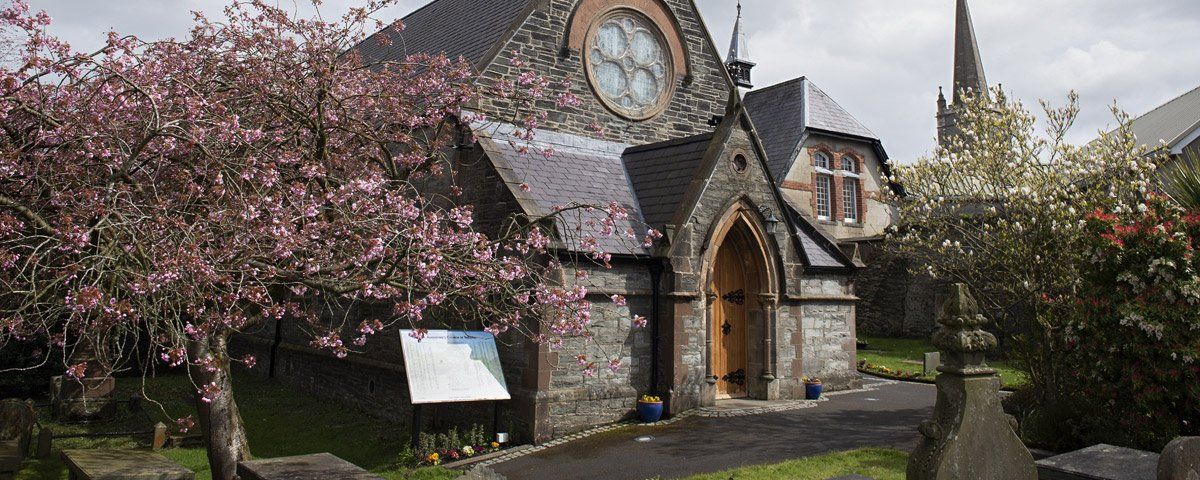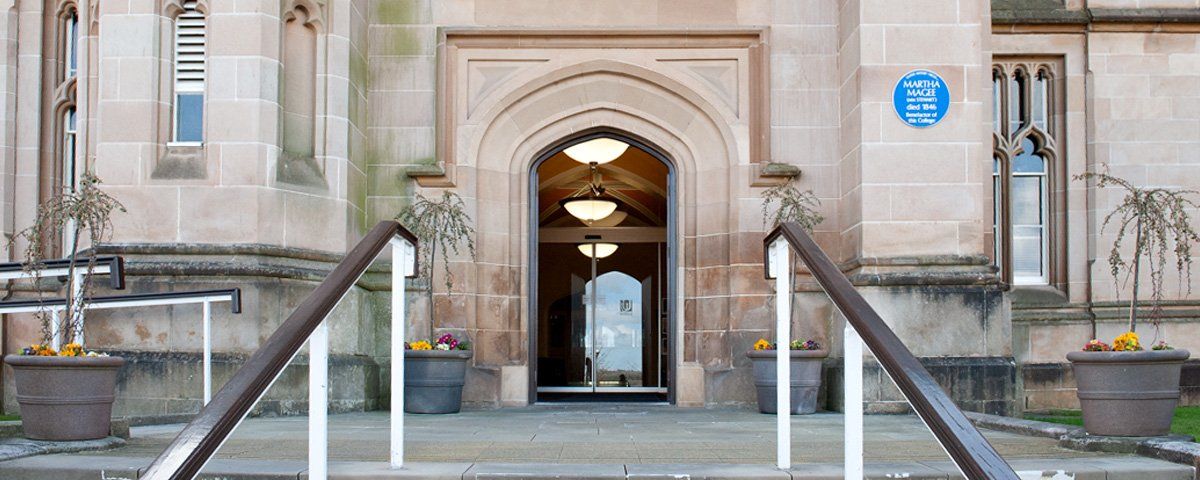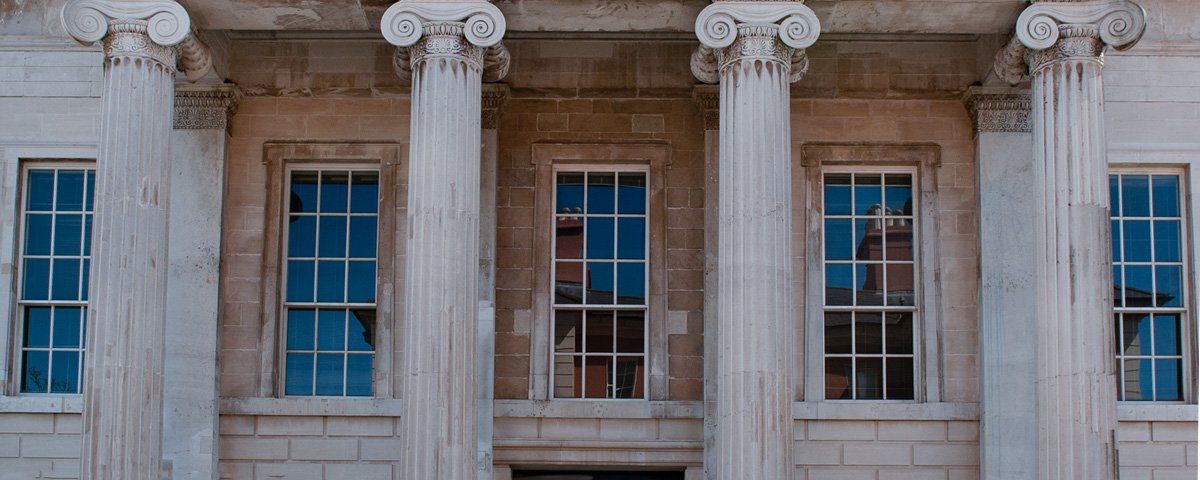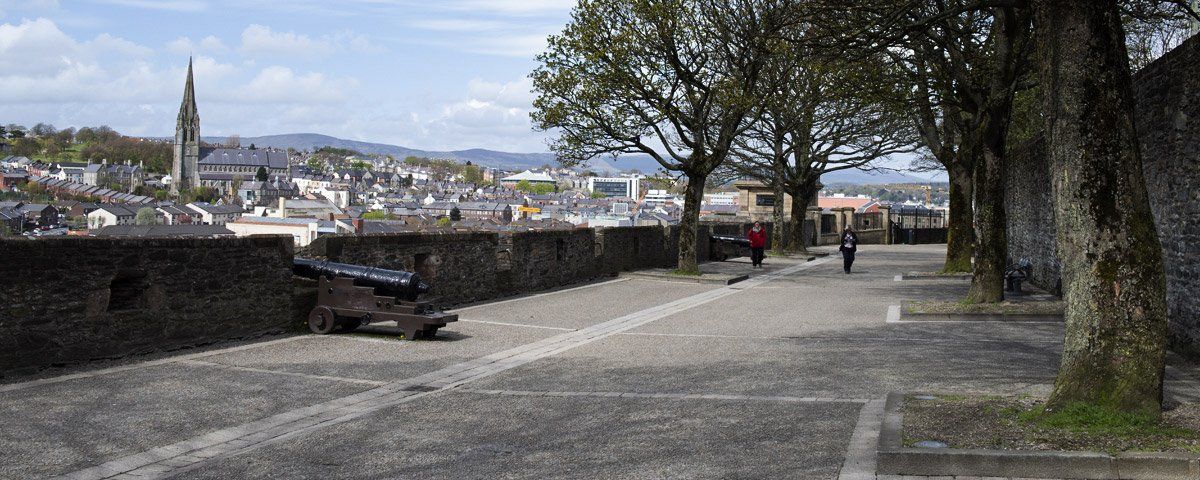Siege of Derry
The Siege of Derry formed part of the Williamite War in Ireland between 1688-91, to fully understand it we need to look at the wider events happening in Europe and England at the time. What I have put here is a synopsis of the general events which hopefully will place it in some context for the reader. By 1680, Louis XIV of France had reneged completely on the ''Edict of Nantes', a treaty which gave French Protestants and Huguenots religious freedoms in France. He replaced it with the 'Edict of Fontainebleau' in 1685, after extreme persecution which had resulted in thousands of Huguenots fleeing the country and similar number converting to Catholicism under duress.
At the same time, he was expanding the borders of France into Alsace and took the Principality of Orange. The Principality was an independent state in Provence comprising of some 110 sq miles, it had been constituted by the Roman Emperor Fredrick in 1163. The territory was owned by the Prince of Orange and an attractive place for Protestants and a Huguenot stronghold. In England James ll a devout Roman Catholic and first cousin of Louis XIV, succeeded Charles II to the Throne of England (Charles converted to Catholicism on his death bed). This brought a great change in politics and religion. In Ireland, the Earl of Tyrconnell Richard Talbot acting as the Irish Viceroy for James II began dismissing high ranking Protestants from the Irish army and replacing them with Roman Catholics.
He also began ensuring that every garrison in Ireland was loyal to the cause of King James II of England. The birth of a son to James ll by his second wife, Mary of Modena effectively marked the end of any possible Protestant ascendancy to the English throne through his daughter Mary. Mary was married to William III, Prince of Orange. This spurred several influential Protestant noblemen to conspire against the king. They sent a letter inviting William III to take the English crown with Mary and they affirmed their support on the ground by Protestant military leaders in England and Ireland. William took up this offer and sailed to England with an army of 15,000 men, despite having a superior army James II did not face William in battle but went to France to gain support from his cousin Louis XIV.
You may detect by now that this was somewhat of a family affair and in many ways it was a political and religious fallout between powerful relatives, all the antagonists were related to each other in one way or another. William was married to his first cousin Mary, daughter of James II and through marriage both kings were related to Louis XIV of France. Back in Ireland, the systematic replacement of Protestant Irish army leaders by the Earl of Tyrconnell had left only Derry and Enniskillen with Protestant garrisons. He then ordered Alexander McDonnell, the 3rd Earl of Antrim to gather an army together, march to Derry and replace the Protestant garrison which he would recall to Dublin.
After several weeks, Alexander McDonnell had recruited an army of 1200 men, the majority were strong tall men gathered from the Scottish Highlands and Islands called 'Redshanks'. The name derived from the fact that these kilt-wearing soldiers would endure the cold and wet which would leave their lower legs red, hence redshanks. Back in Derry, the knowledge was that 400 soldiers would replace the garrison, so when 1200 redshanks were reported marching through Limavady, it raised concerns and fears amongst the population of a repetition of the 1641 massacres. However, James II was still the lawful King of England recognised by the Irish Parliament and to resist his soldiers would be an act of rebellion and treason.
As the redshanks were marching to Derry, George Canning of Garvagh had received a copy of the 'Comber Letter' and urgently sent a copy on to Colonel George Phillips in Derry. The 'Comber Letter' addressed to a local nobleman had been found in the street of Comber, the content was eloquently but anonymously written and warned of an impending uprising and massacre of Protestants throughout the country on a specified date. On 7th December 1688, when the first company of redshanks crossed the Foyle by boat, a group of young men aware of the Comber letter and also the large number of redshanks approaching the city under the command of Alexander McDonnell, a Catholic, took matters into their own hands and locked the city gates.
A decision which would led to the Siege of Derry. At first, negotiations took place and some comings and goings went on but the city refused to give in. Another smaller garrison was later allowed in under the command of Lieutenant Colonel Robert Lundy, a Scottish Episcopalian, who was appointed military governor. He began preparing the defences of the city for an attack by the Jacobite army but personally thought Derry could not be defended against a huge army and refused to let in reinforcements from a relief fleet which had arrived in the Foyle, it is also said he sent a letter to the command outside that he would surrender on a summons. This act resulted in Lundy being viewed as incompetent and also as siding with the Jacobites.
He was replaced by the Rev George Walker and Major Baker who became joint governors. Branded a traitor Lundy escaped the city and went to Scotland, he was later arrested and executed at the Tower of London. On March the 12th, 1689 James II landed at Kinsale with 6,000 French troops provided by his first cousin Loius XIV, he marched and took Dublin and then headed north with both Irish and French troops. On 18 April 1689, James II arrived at the Bishop Gate, Derry. It is said he asked for the city to surrender on three occasions and each request was met with a reply 'No Surrender'. He then tried to force an entrance which was met by fire from the defenders and the killing of one of the king's guards.
James II ordered the siege of the city which lasted 105 days. After taking advice from his French advisors he returned to Dublin and sent heavy artillery to bombard Derry. A wooden boom was placed across the Foyle to prevent any relief coming in by ship, a relief fleet arrived and attempts were made by the warship Greyhound, she ran aground and took damaging fire from artillery. The rest of the fleet lay offshore for six weeks, the boom was heavily protected by artillery so it posed a difficult obstacle. On July 28th 1689, the frigate Dartmouth, escorted three merchant ships up the Foyle, the Mountjoy, Phoenix and Jerusalem, the Mountjoy hit the boom and ran aground, then after a volley of cannon fire at approaching Jacobites, the recoil refloated the ship and the boom was broke.
This allowed the relief ships to reach Shipquay where they unloaded food for the starving city. By the evening of the 31 July, the Jacobites forces were marching towards Lifford. Marshall Schomberg was sent by William in August 1689 with a force of 15,000 to bolster the Protestant loyalists, William himself arrived in June of 1690 with a mixed force of 36,000 troops which included Irish, English, Danish, Scots, Welsh, Polish, French and Dutch, this led to a series of battles with the eventual defeat of James ll who returned to France. The Walls of Derry are fabulous to visit and walk around and unique, you can walk around the entire walled city in thirty minutes, passing over the gates that featured in one of Europe's major political and religious upheavals.










